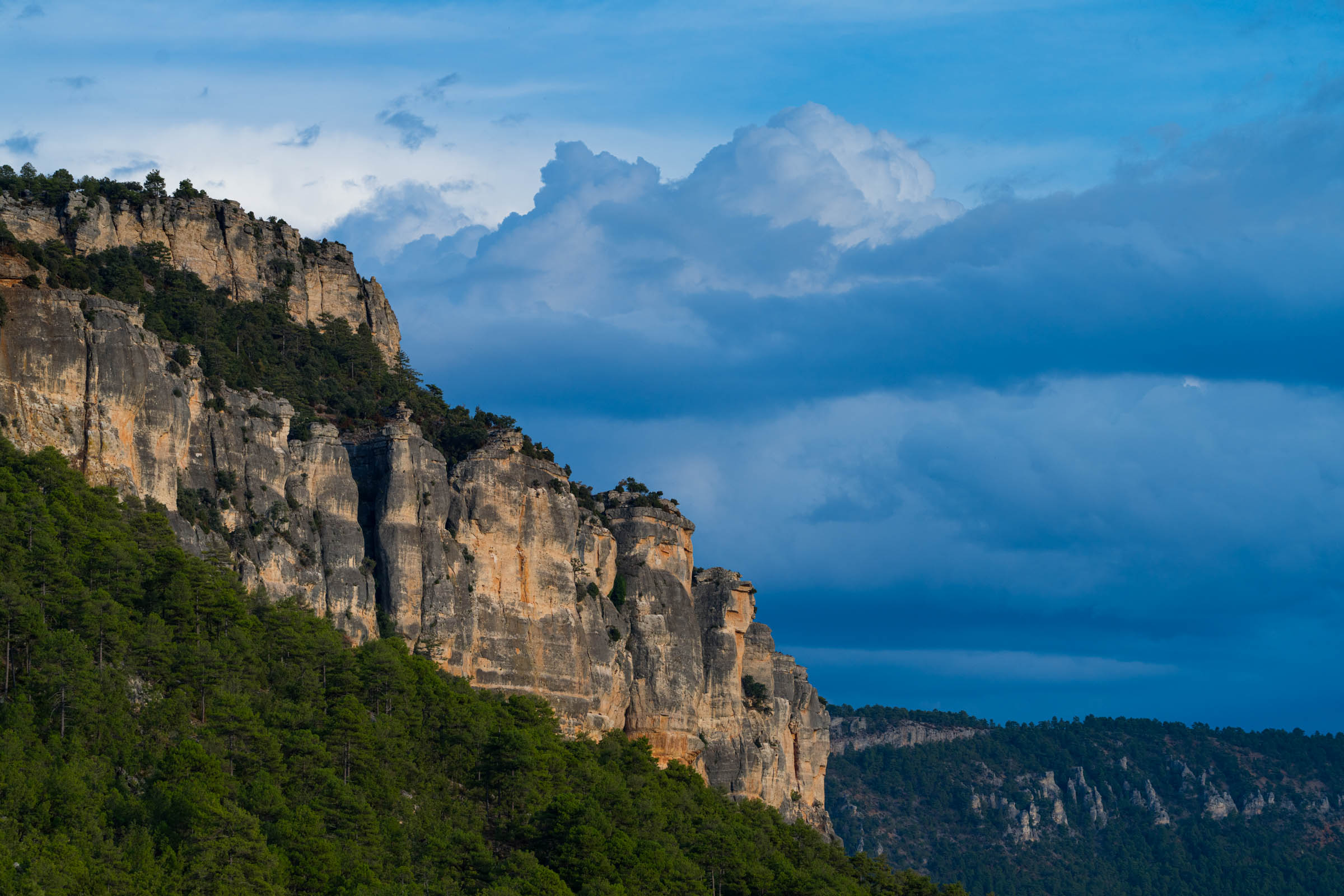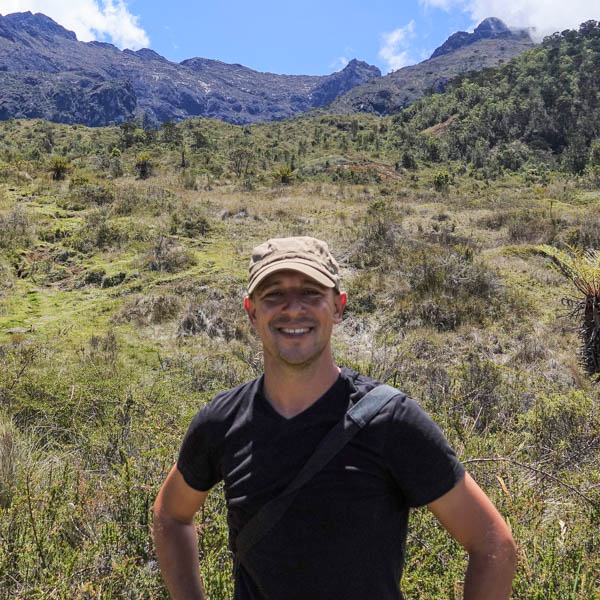A rugged mountain chain of high plateaus that carves its way through the Iberian Peninsula of Spain, home to pine, oak and juniper forests that mingle alongside steppe and dramatic river canyons.
Over half of the Rewilding Landscape’s 850,000 hectares lie in protected areas – mainly as Natura 2000 sites. The sparsely populated Iberian Highlands sit at a crossroads of competing climates and dynamic and diverse habitats that have become a sanctuary for a wide range of species, including thriving populations of raptors such as Bonelli’s eagle, peregrine falcon and the eagle owl.
The Iberian Highlands spans the two autonomous communities of Castilla-La Mancha and Aragón, where land abandonment and depopulation has been an ongoing trend since the 1960s. This has encouraged the comeback of deer, wild boar, mouflon, small groups of Iberian ibex and an abundance of Egyptian and griffon vultures; but the top predators – the Iberian lynx, Iberian wolf and Brown Bear – remain absent from the slopes.
Livestock farming and hunting continue to have a strong – but decreasing – presence throughout the landscape and nature tourism is an expanding sector throughout the Iberian Highlands. The high levels of biodiversity and low levels of human disturbance provide promising conditions for nature tourism to play a greater role in diversifying and strengthening local economies.

